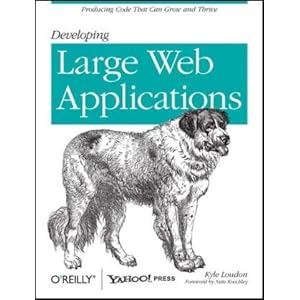Yes, I too was amazed how a generation of young people (along with a lot of older people who should know better), all catapulted a Chicago Machine politician with almost no business experience and who thinks like a college sophomore into the highest office in the Land, not realizing that his agenda was not some kind kind of cool "New Left" ideology made in the Apple I-Phone era, but rather, policy written back in the 1970s, and with the rubber stamp of approval from cynical unions and special interests (the teachers' unions, trial lawyers, etc.). I was truly shocked as someone who lived in Chicago, that people could be this damn naive and think that any Democrat from Chicago could possibly be uncorrupted by the "Machine".
Now to the book: I have not read the entire thing, but read a good part of it. The chapter on health care is very timely, now that Pelosi and Obama have rammed through their health care "agenda" using parliamentary tactics not seen in America since the robber barons of the 1880s (perhaps Hugo Chavez's Venezuela would be a better example). The author asks, "what would happen to your auto insurance if insurers were not allowed to charge anyone any more than anyone else, and had to accept everyone ? Well, of course, your policy would become much more expensive, and that is exactly what will happen with health care.
Mattera demolishes the "40 million uninsured" argument, showing that most of them have access to insurance, but just have not gotten around to applying for it. Solution: force them to !! Many of the uninsured are not even American, they are illegals from Mexico. And many make over $50,000 a year. Some just choose to buy a Blackberry instead of insurance. So the "solution" is going to be to force that 23-year old waitress to pay $ 2,500 a year for insurance, all so the 65-year old doesn't have to pay $ 7,000, but rather, $ 5,000. EXACTLY. It is a WEALTH TRANSFER FROM YOUNGER AND POORER PEOPLE TO OLDER, RICHER PEOPLE. Duh ! Meet the new Left !
All of this is just too predictable, but the author does a very good job of presenting good "talking points", all within a book structure that is fun to read (unless you are a lefty, of course), and humorous.
Just remember: Obama is from the "Machine", and nothing he is proposing was not already tired and worn out in 1977, from wind mills to bullet trains to "talking" with dictators, to underfunding our military. It is just that now that "Mr. Rock Star" is presenting it, the MTV generation has been duped into being zombies, that it will all work just like they drew it out on the whiteboard at Harvard.
2017: The Year of Golang
9 years ago





